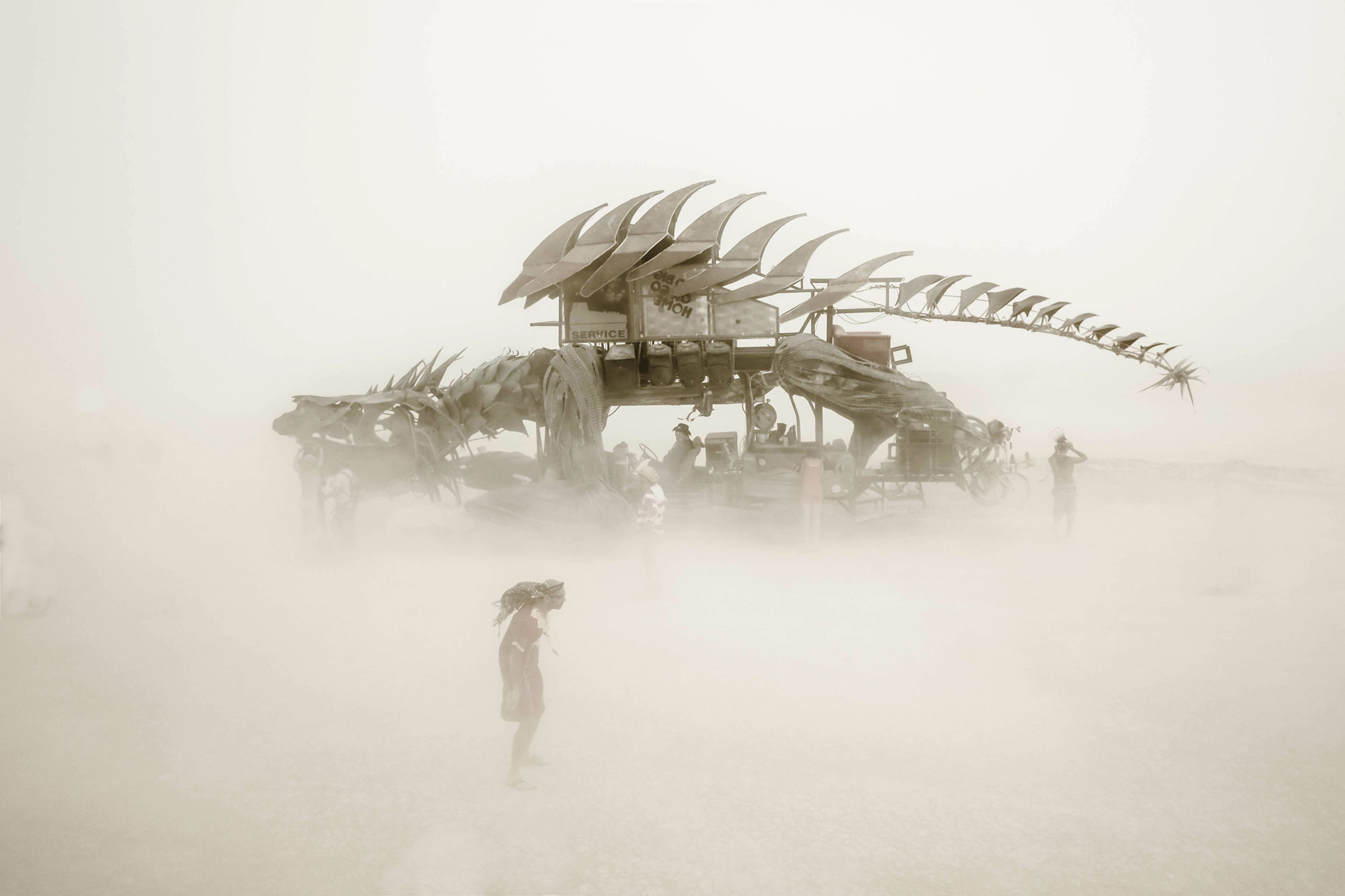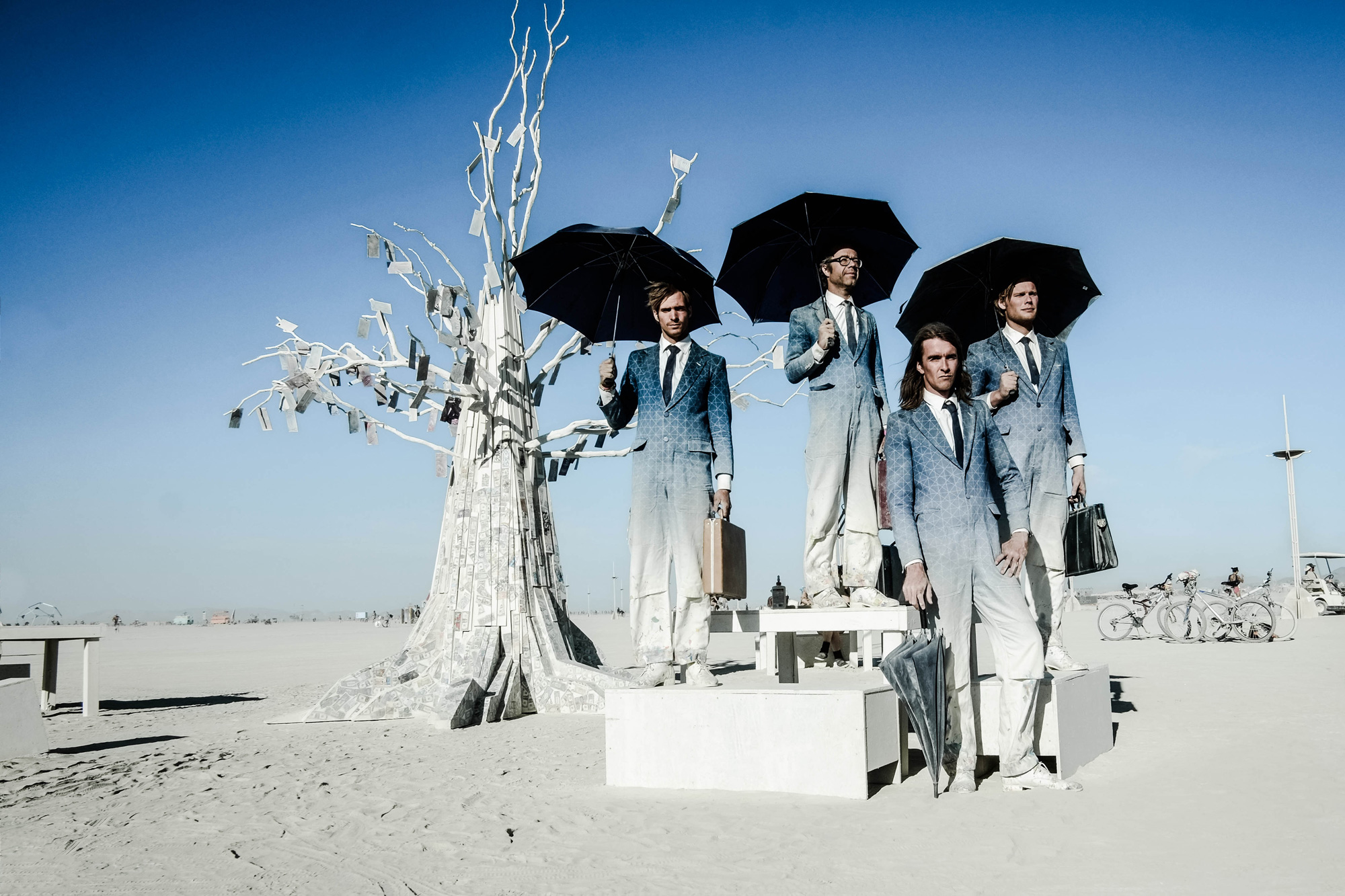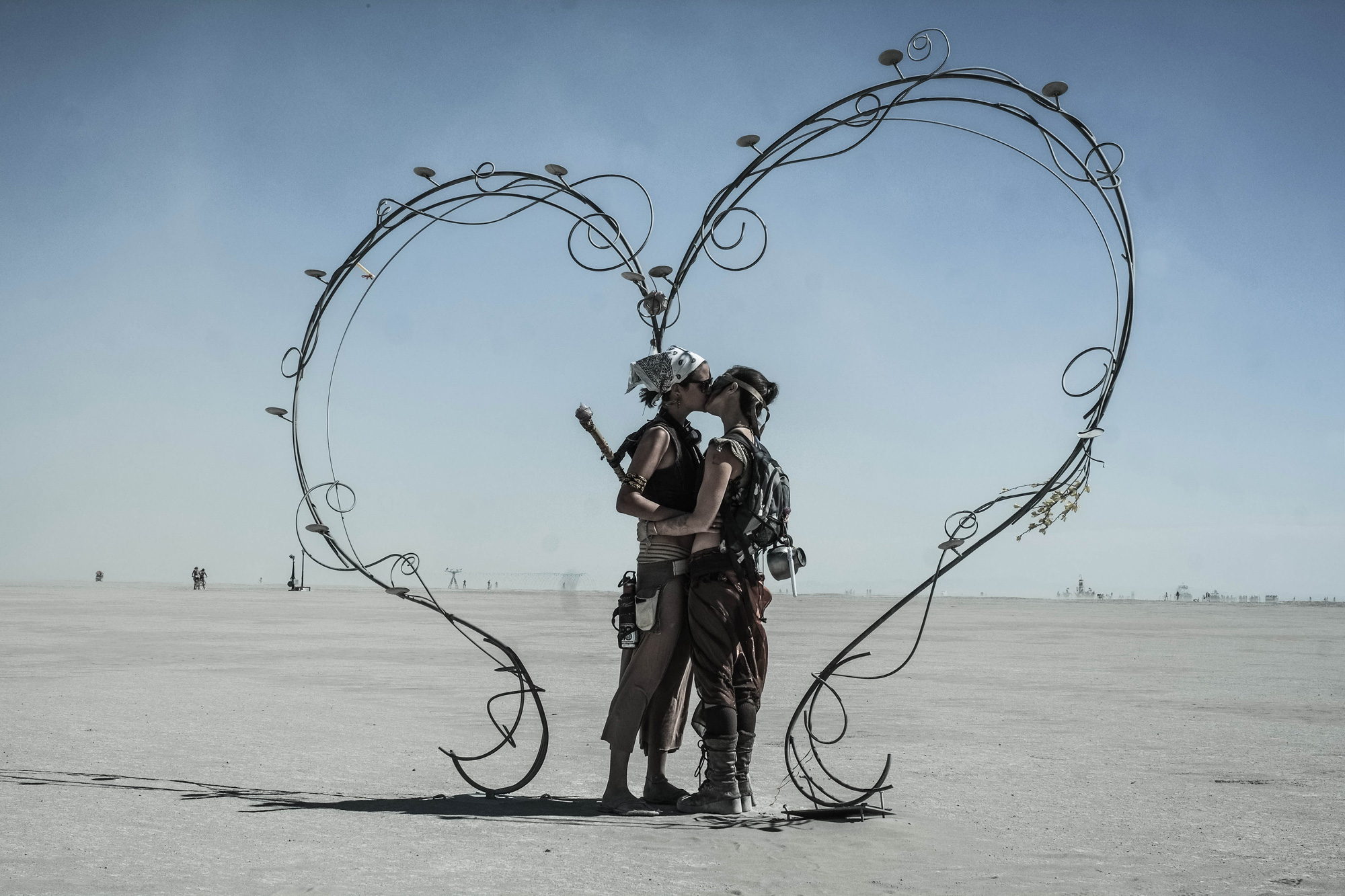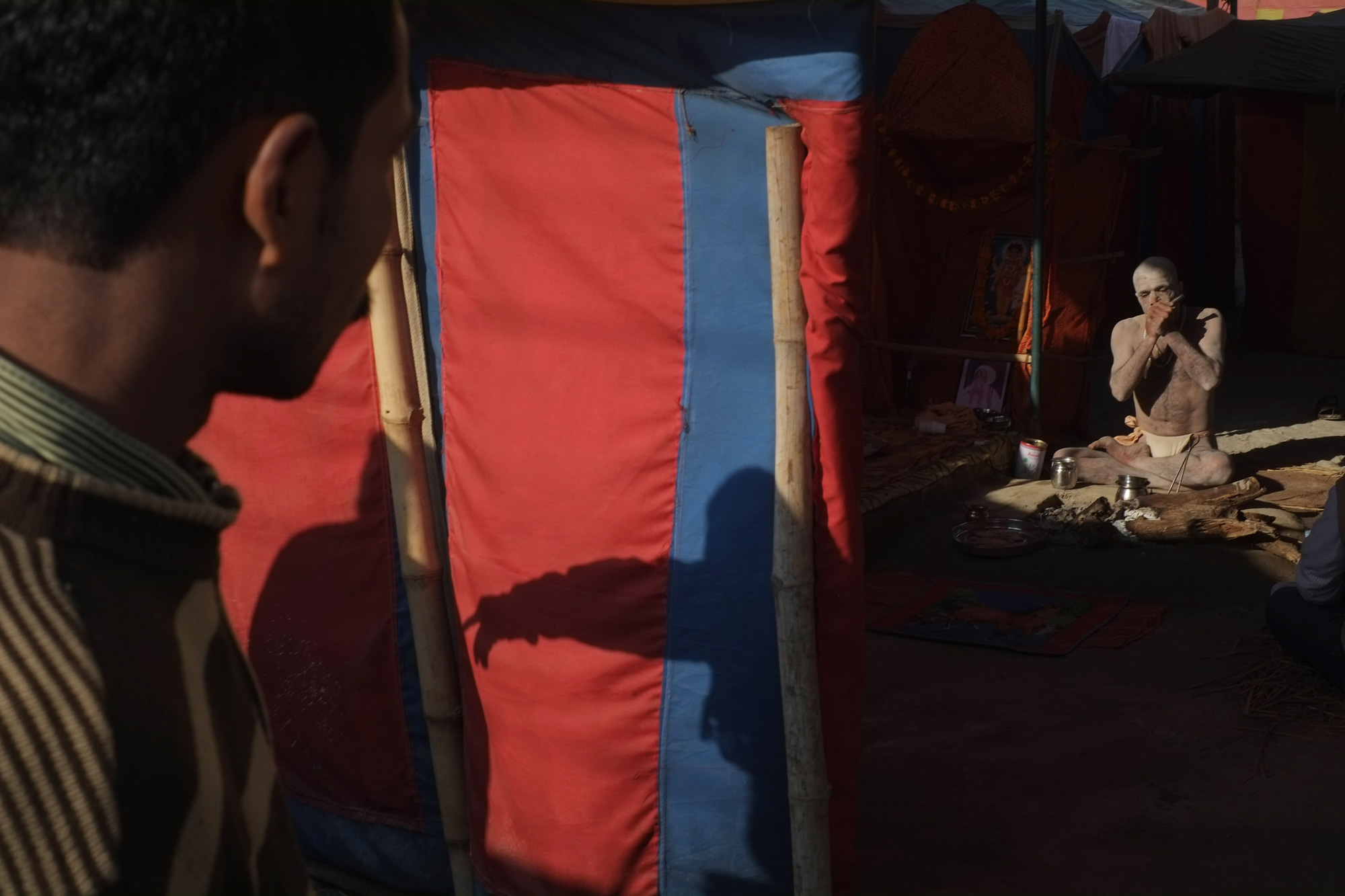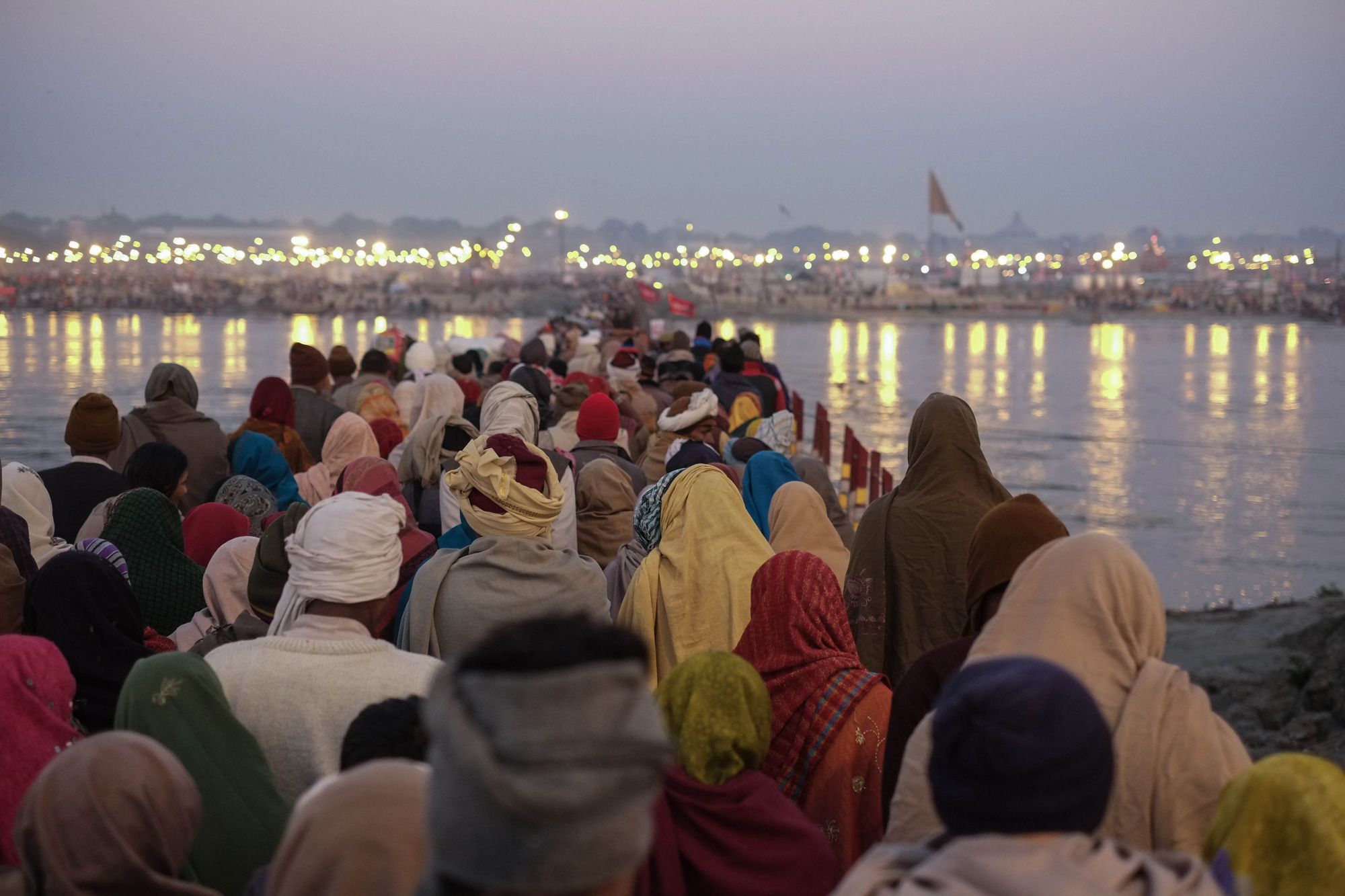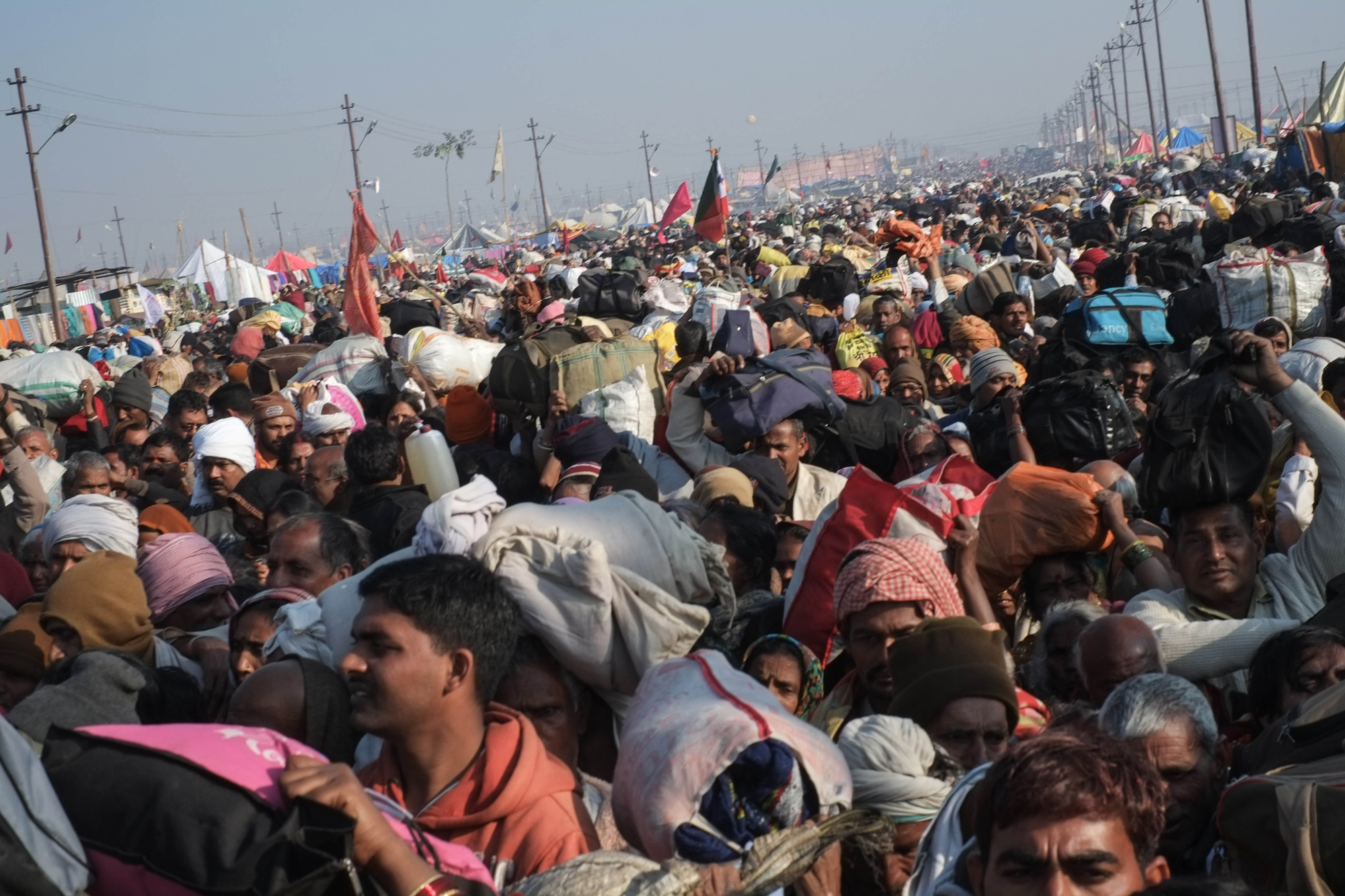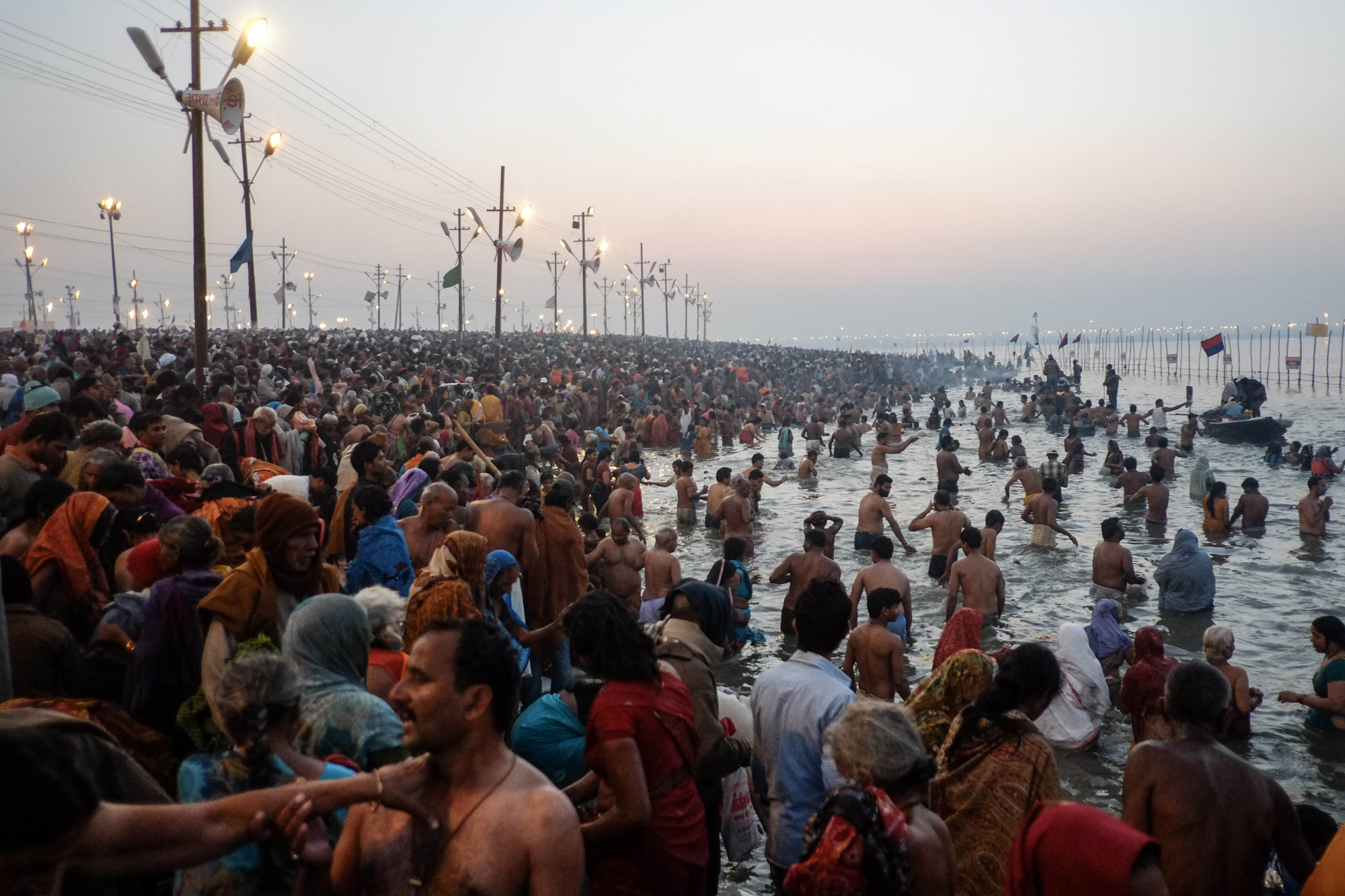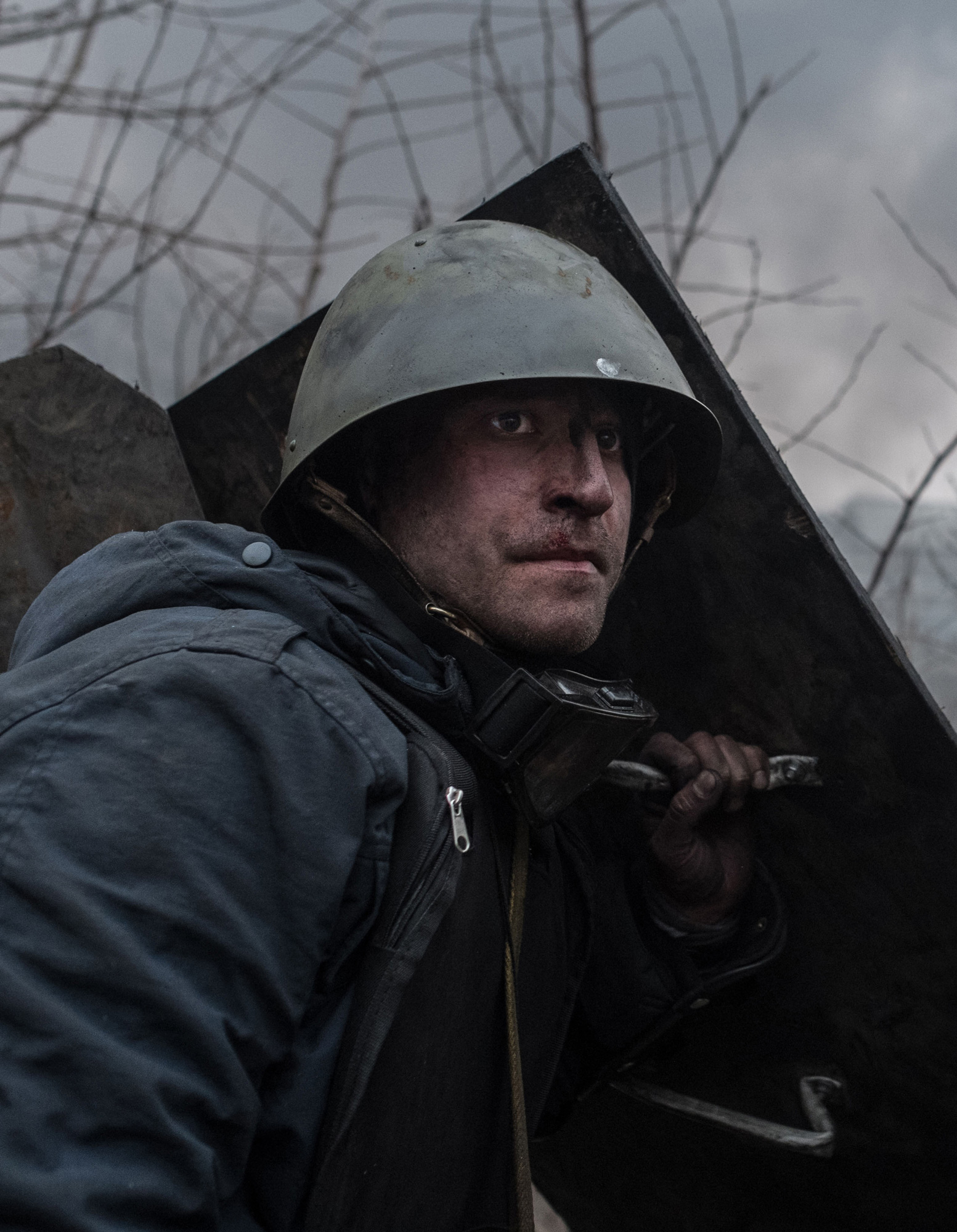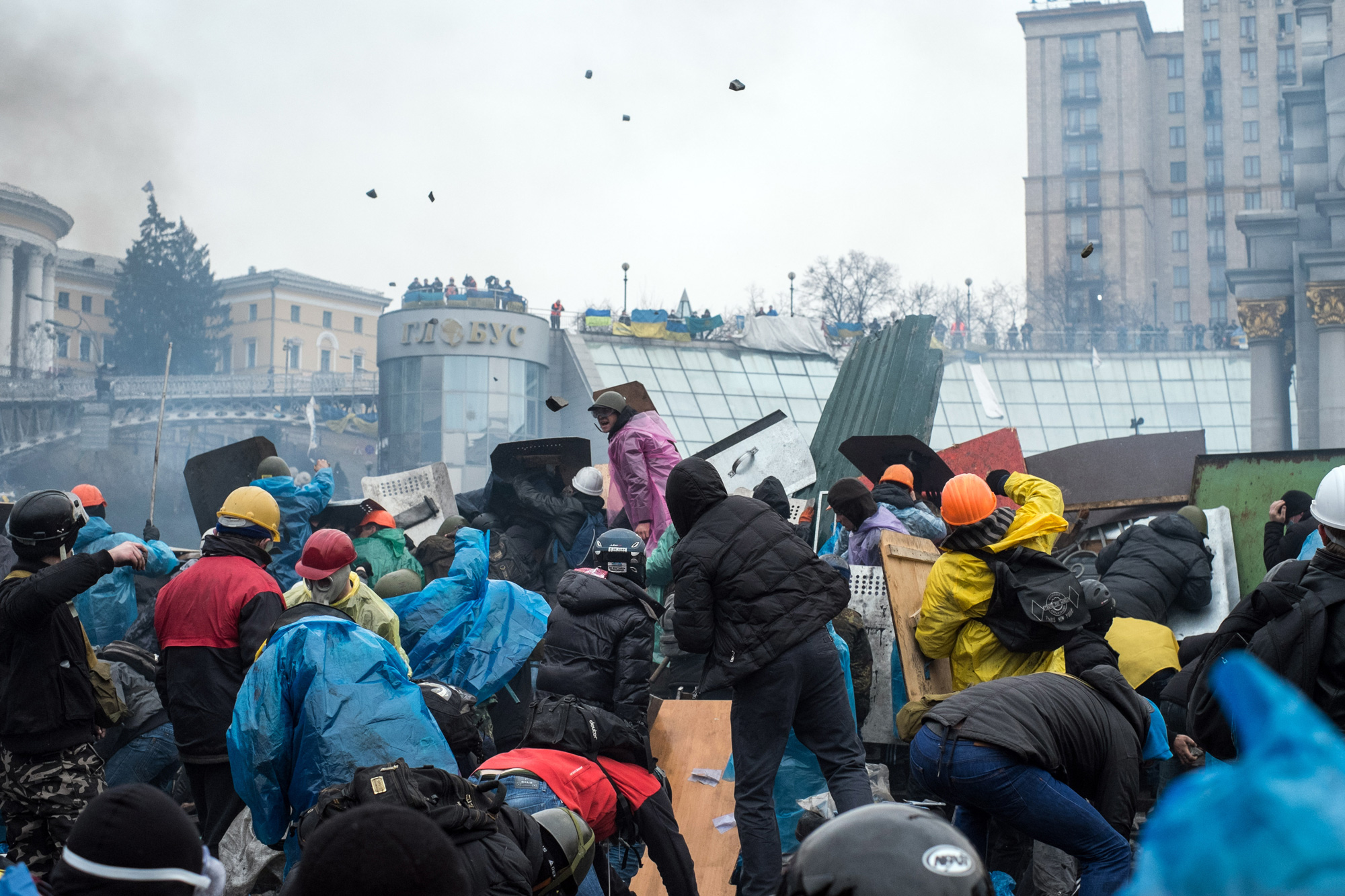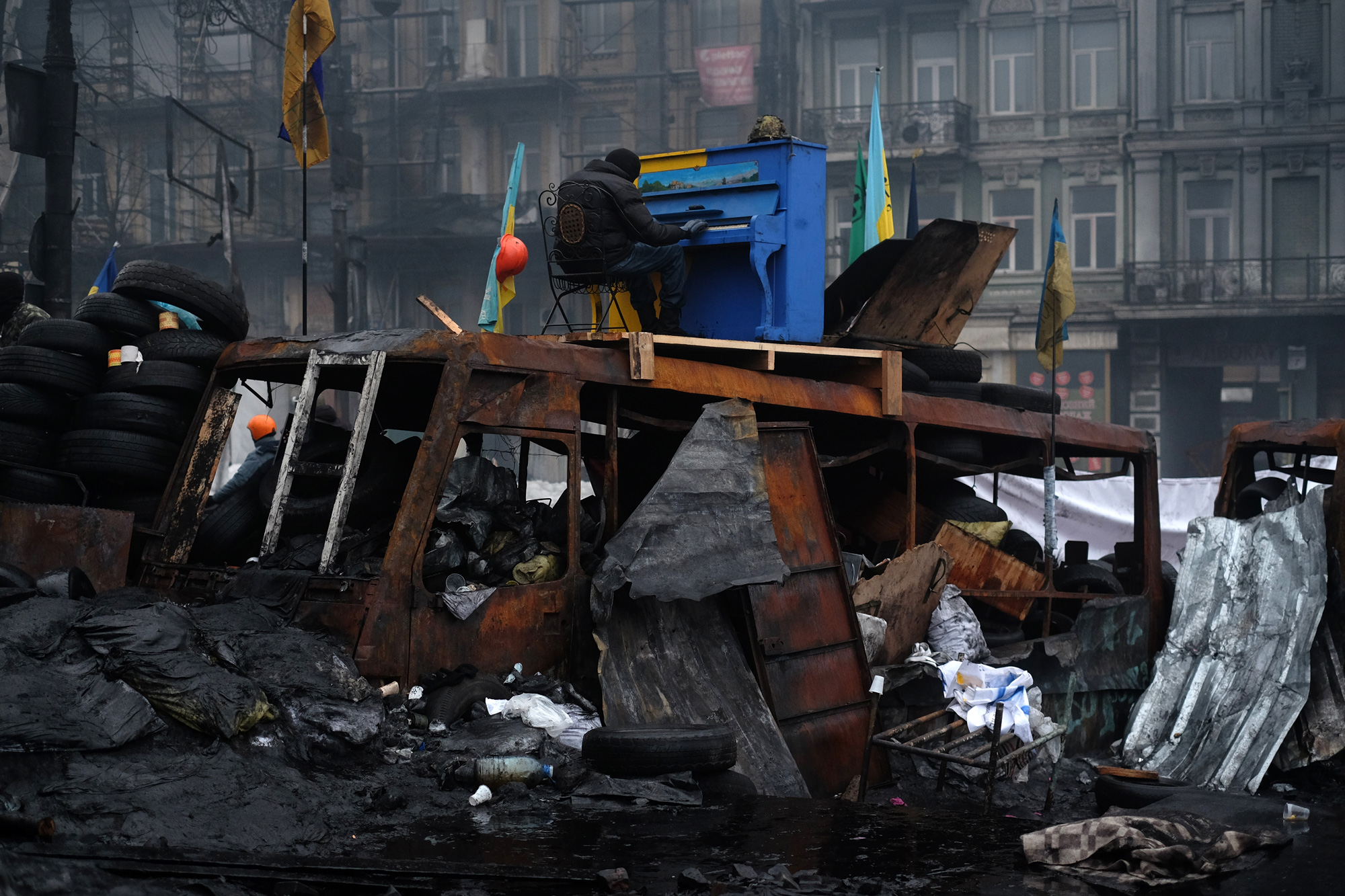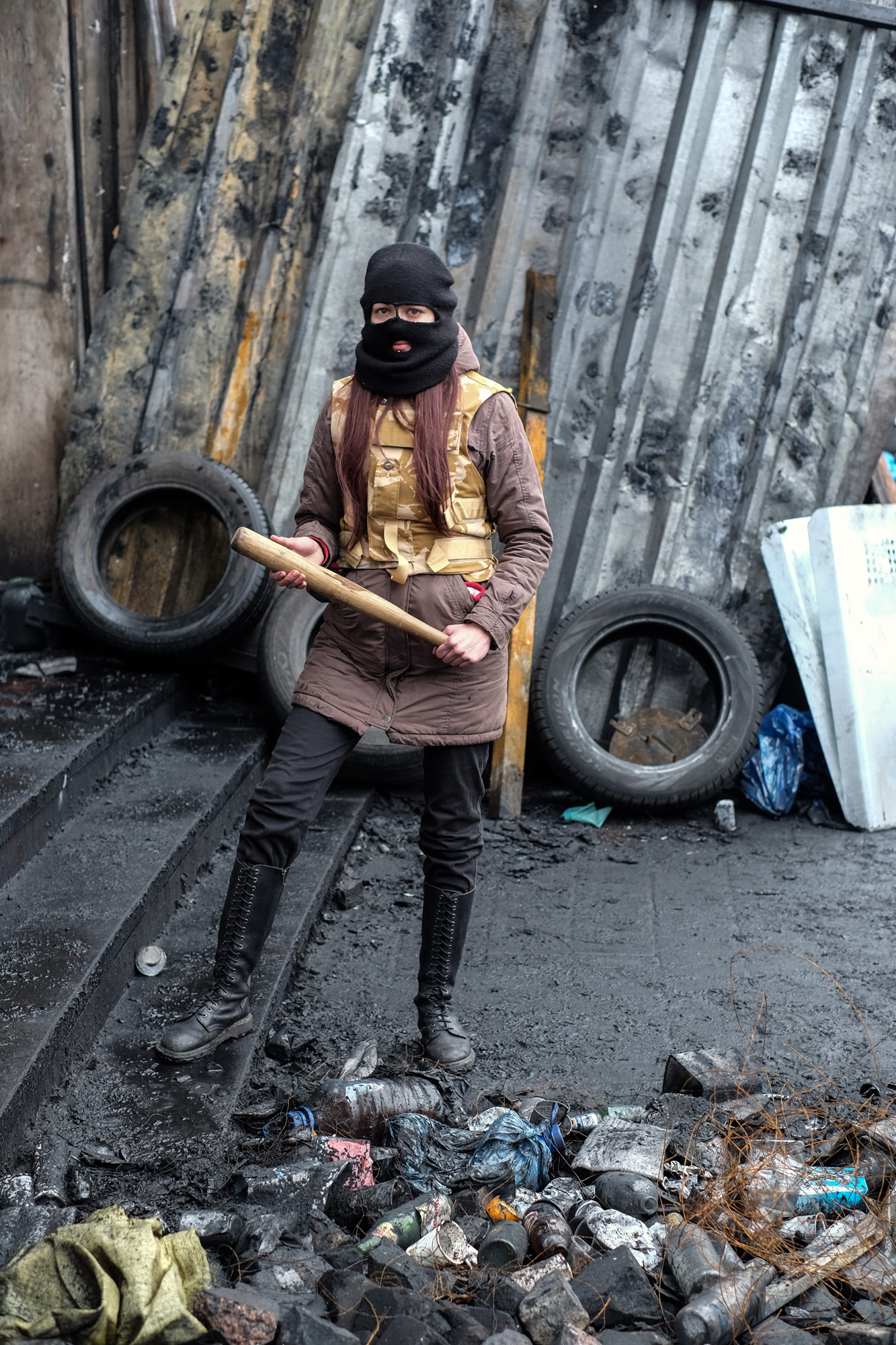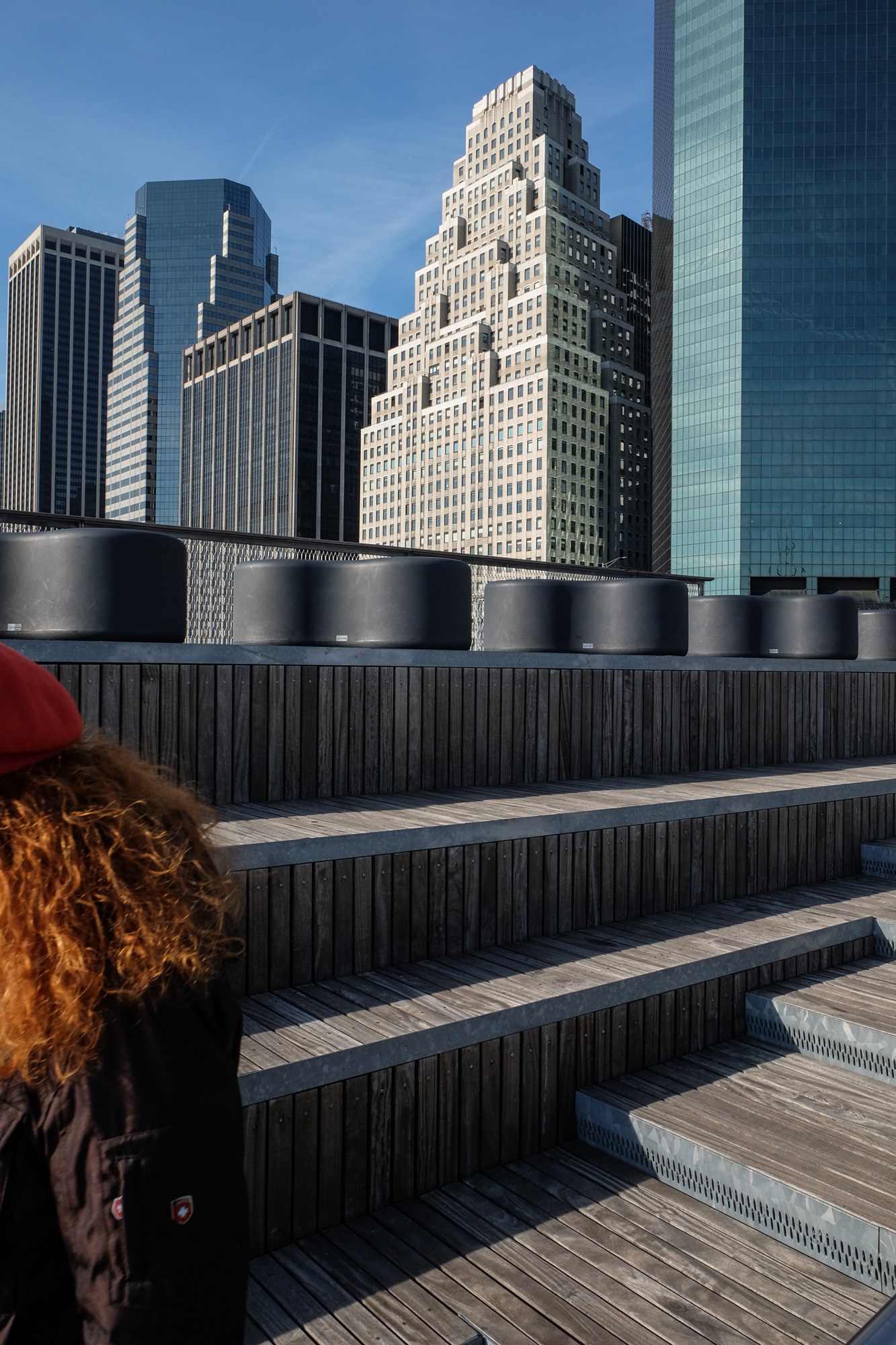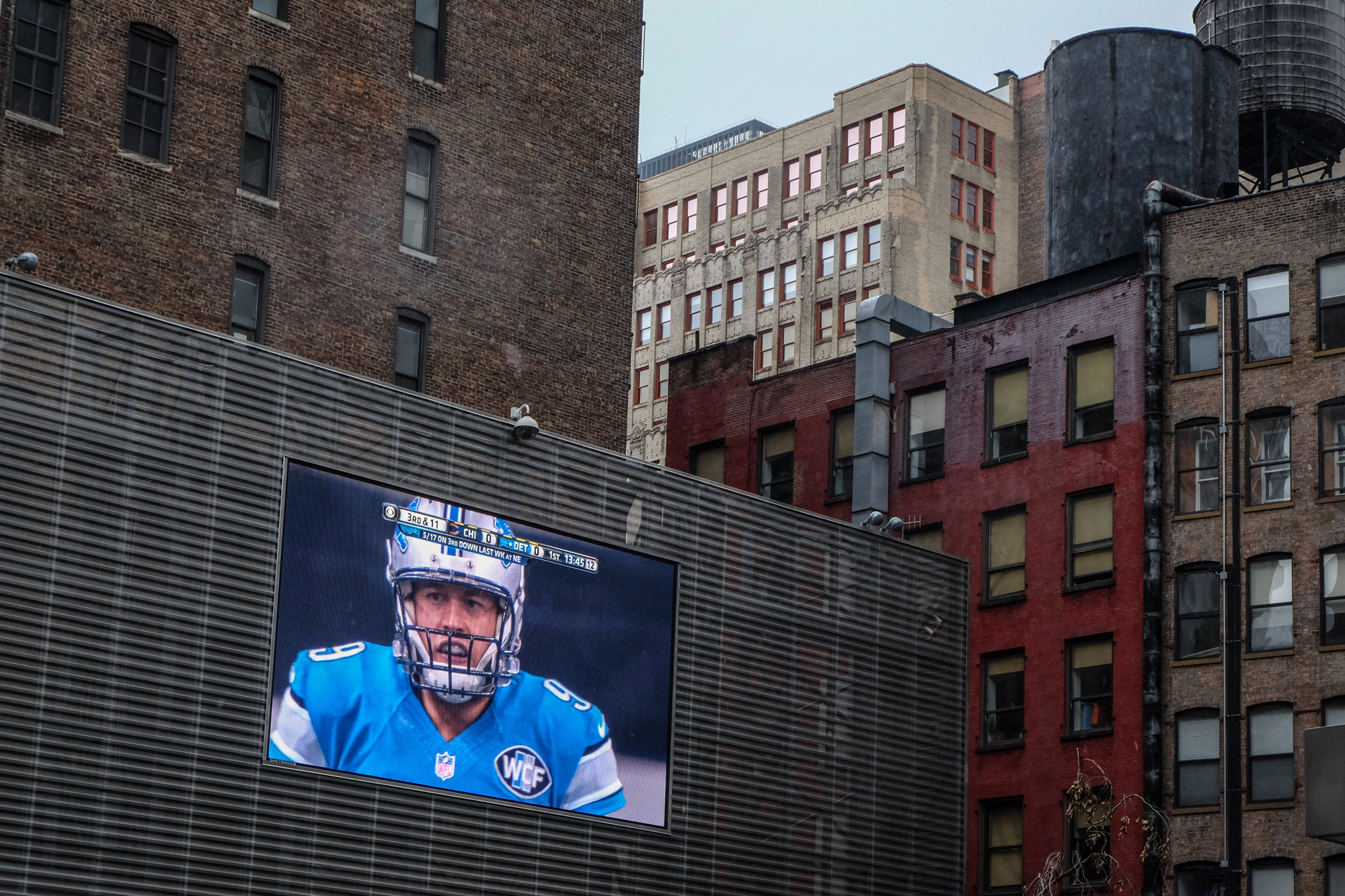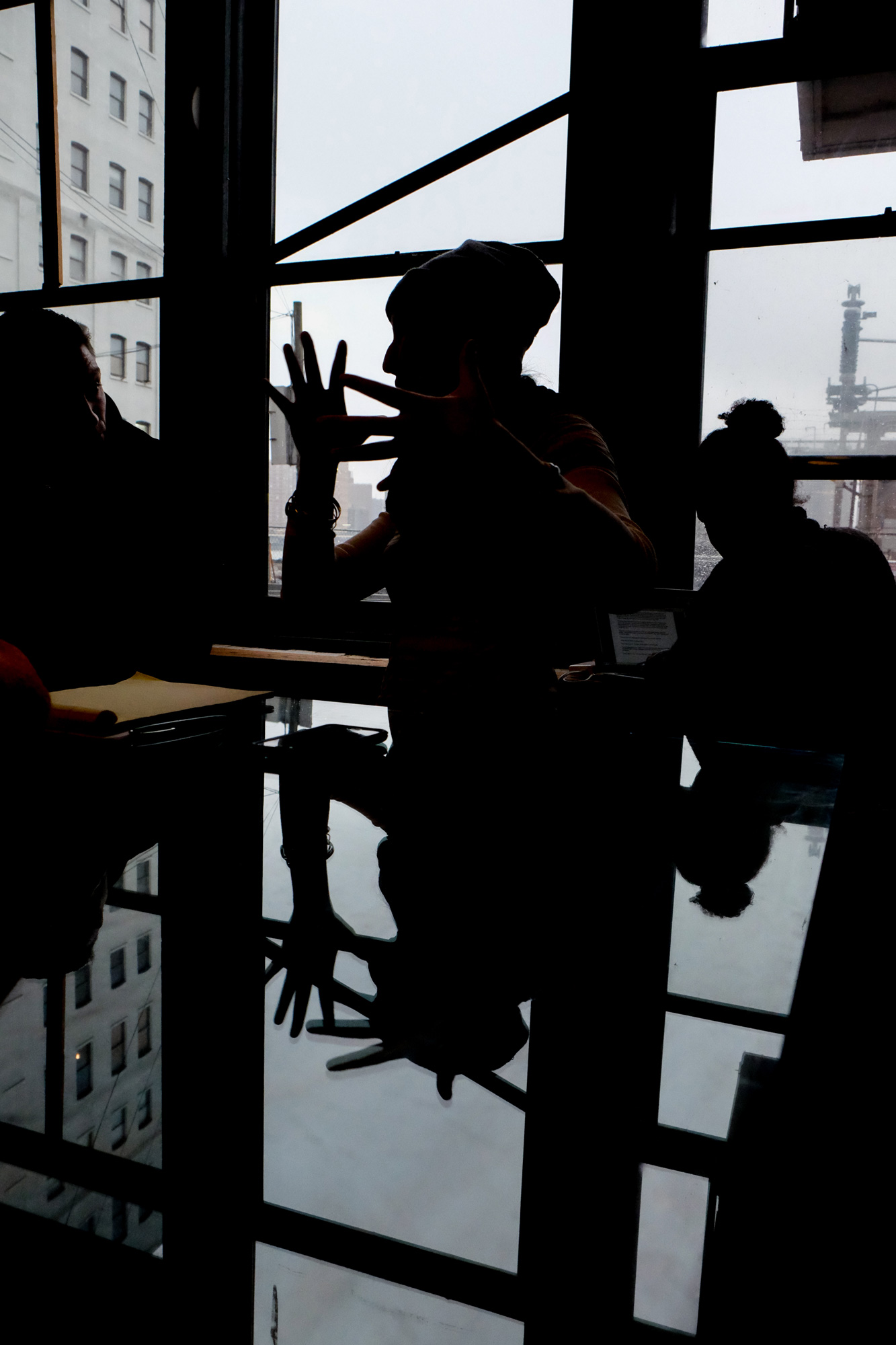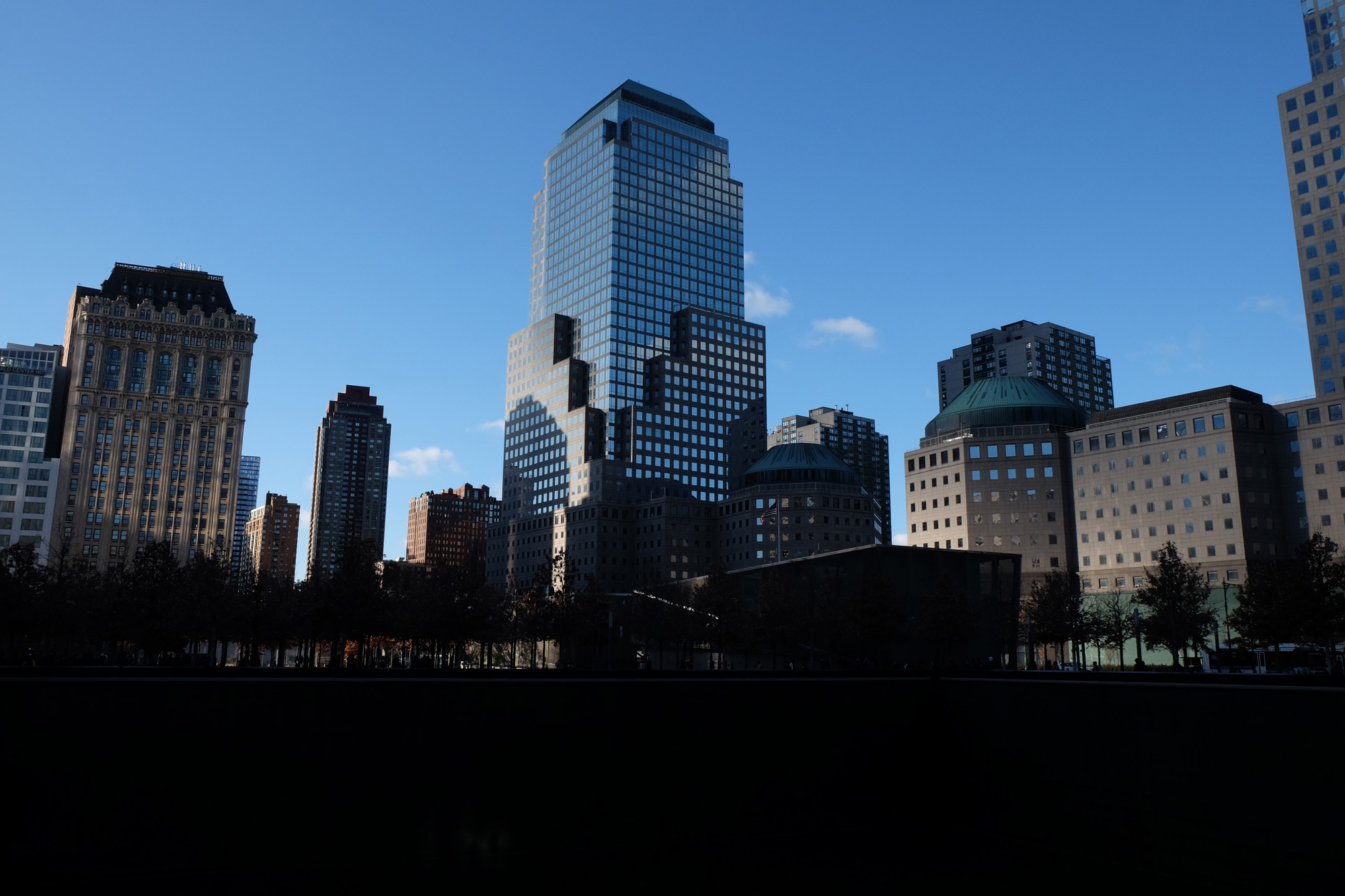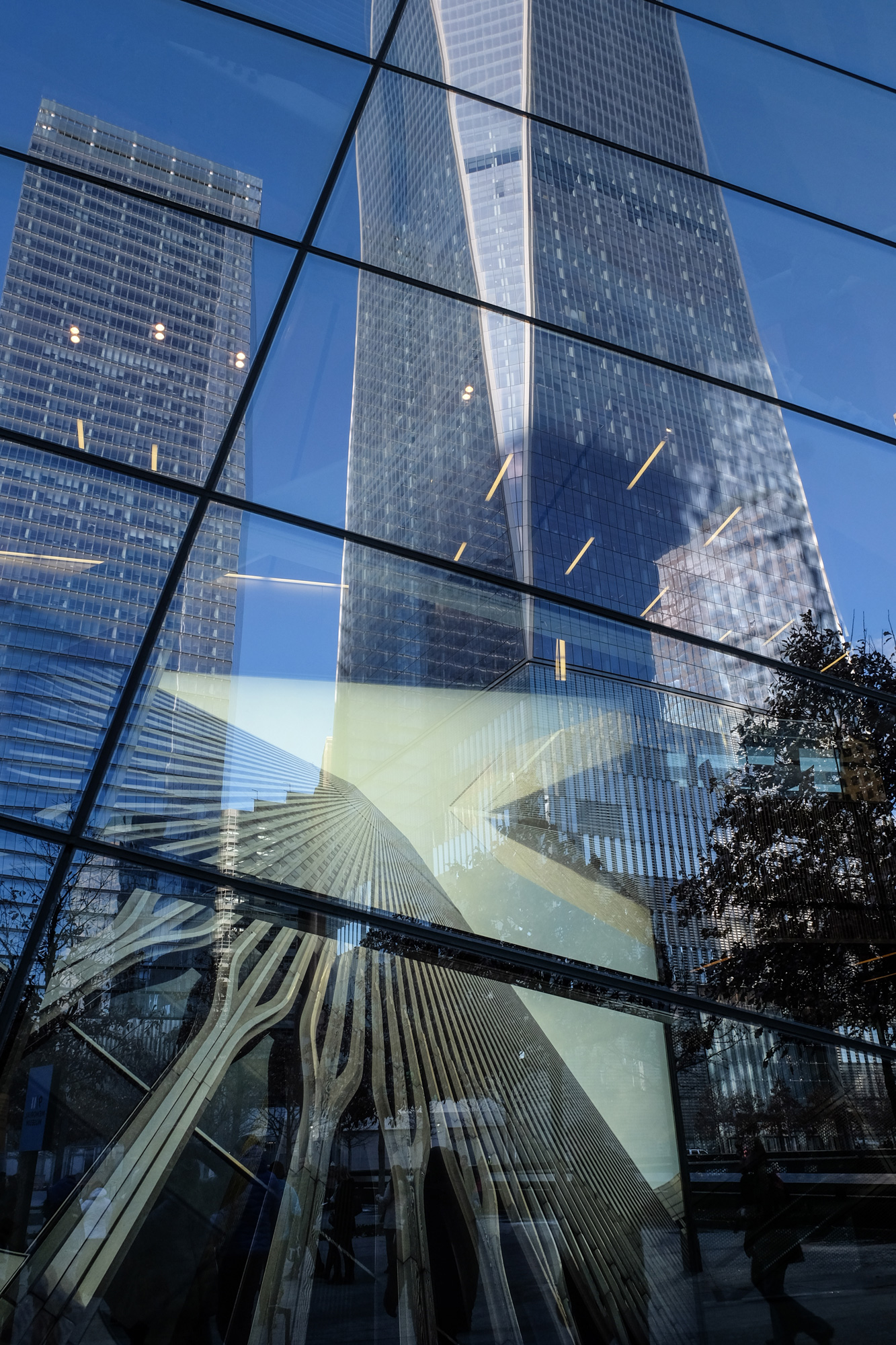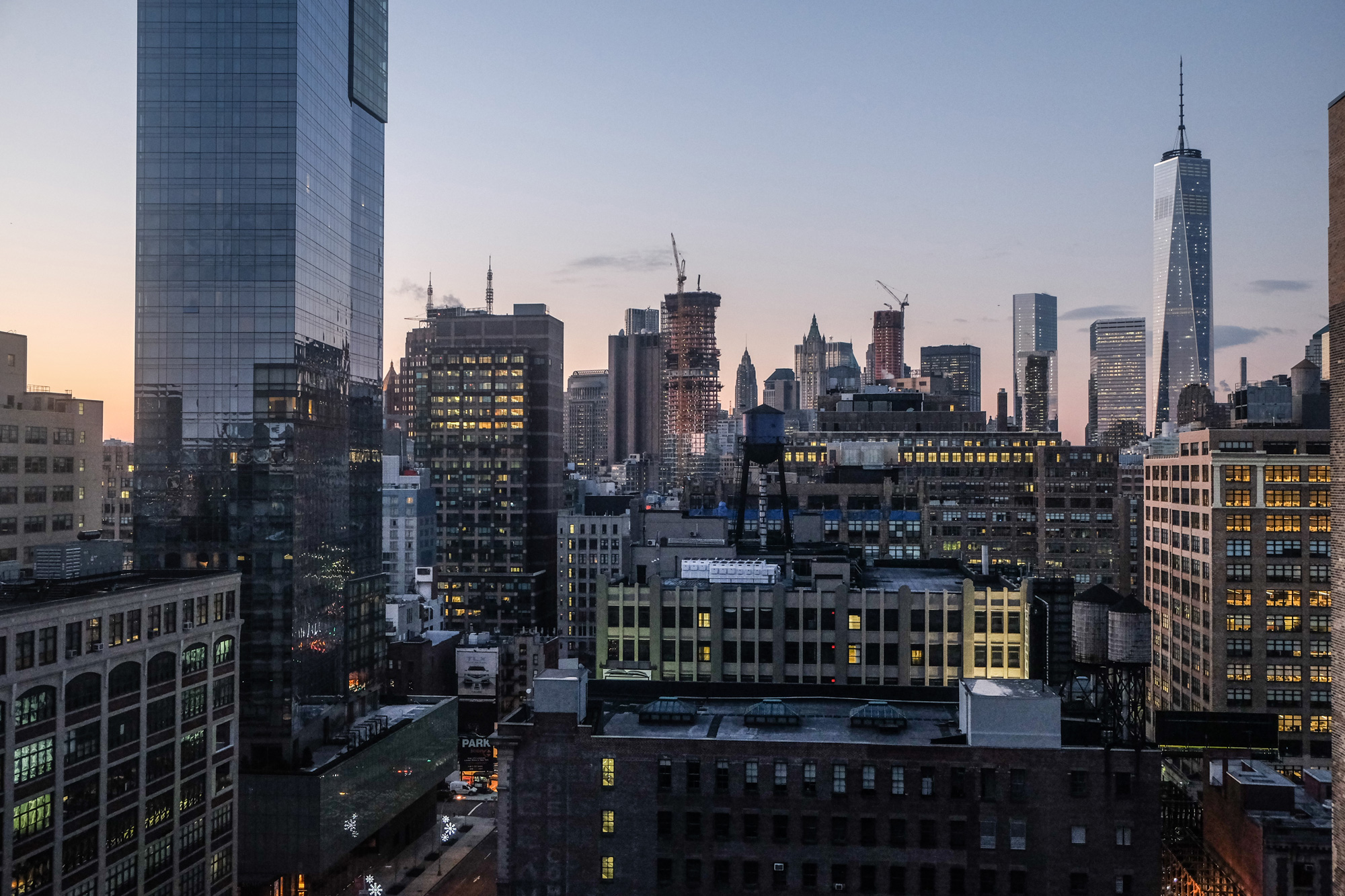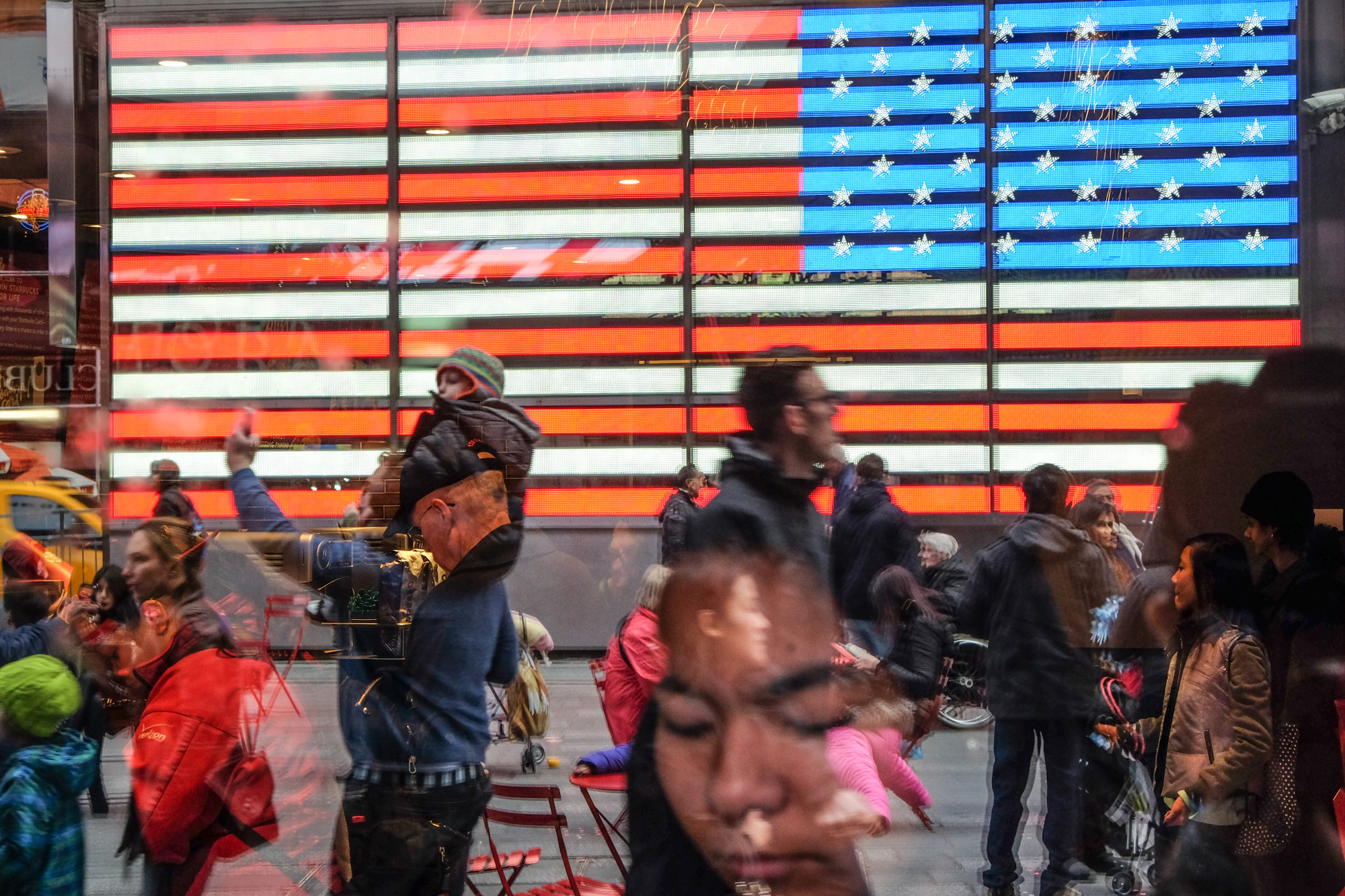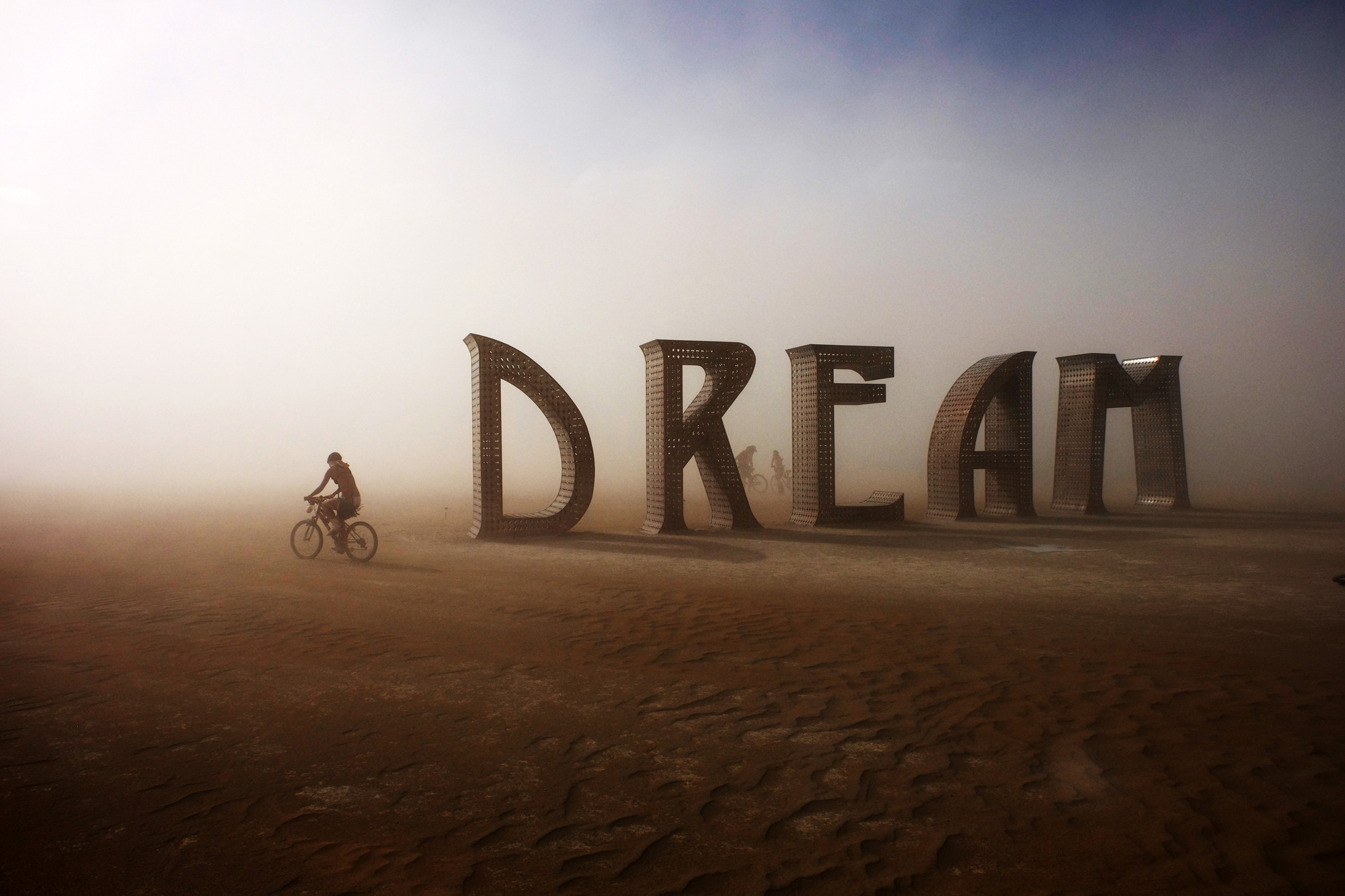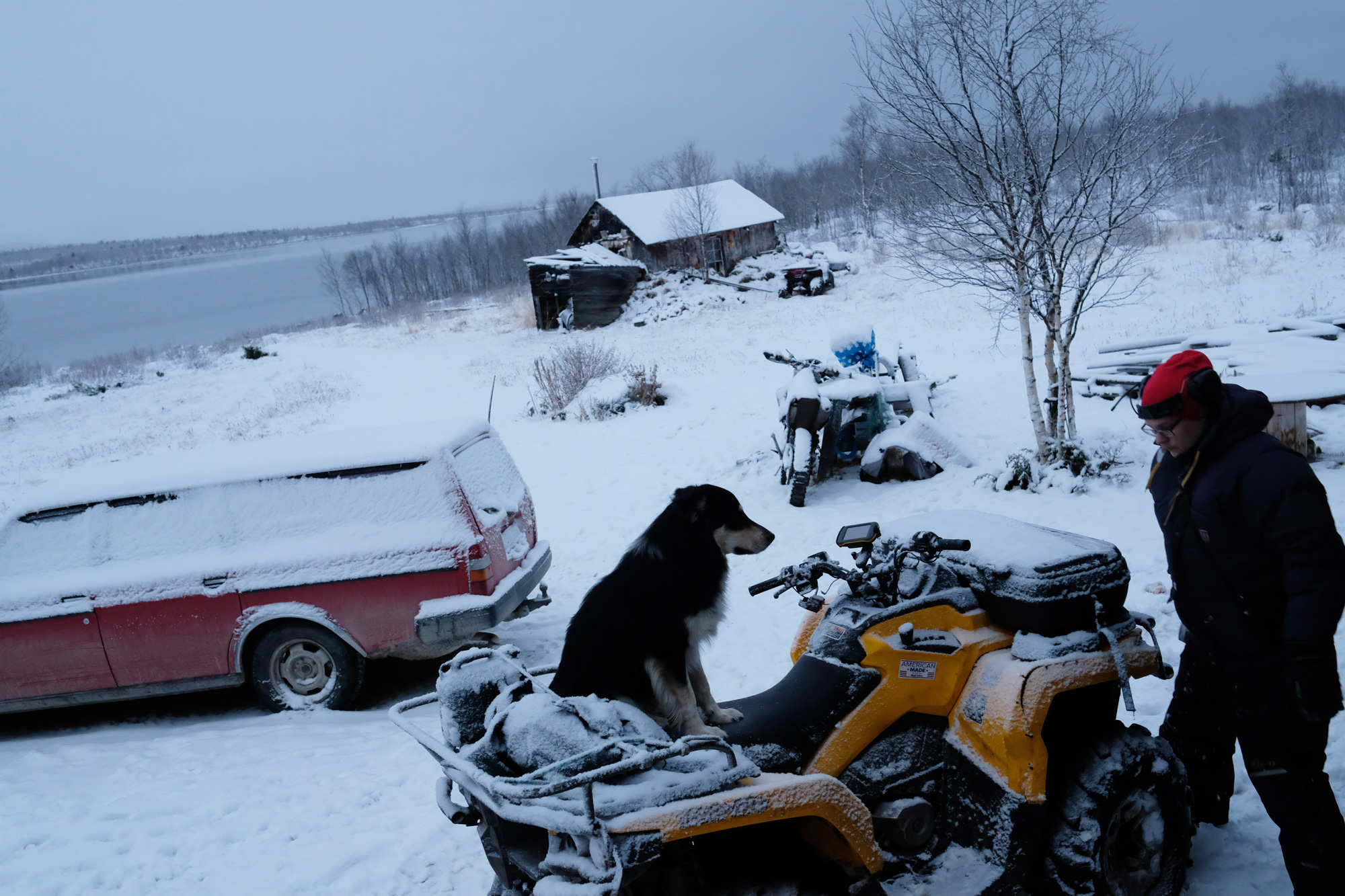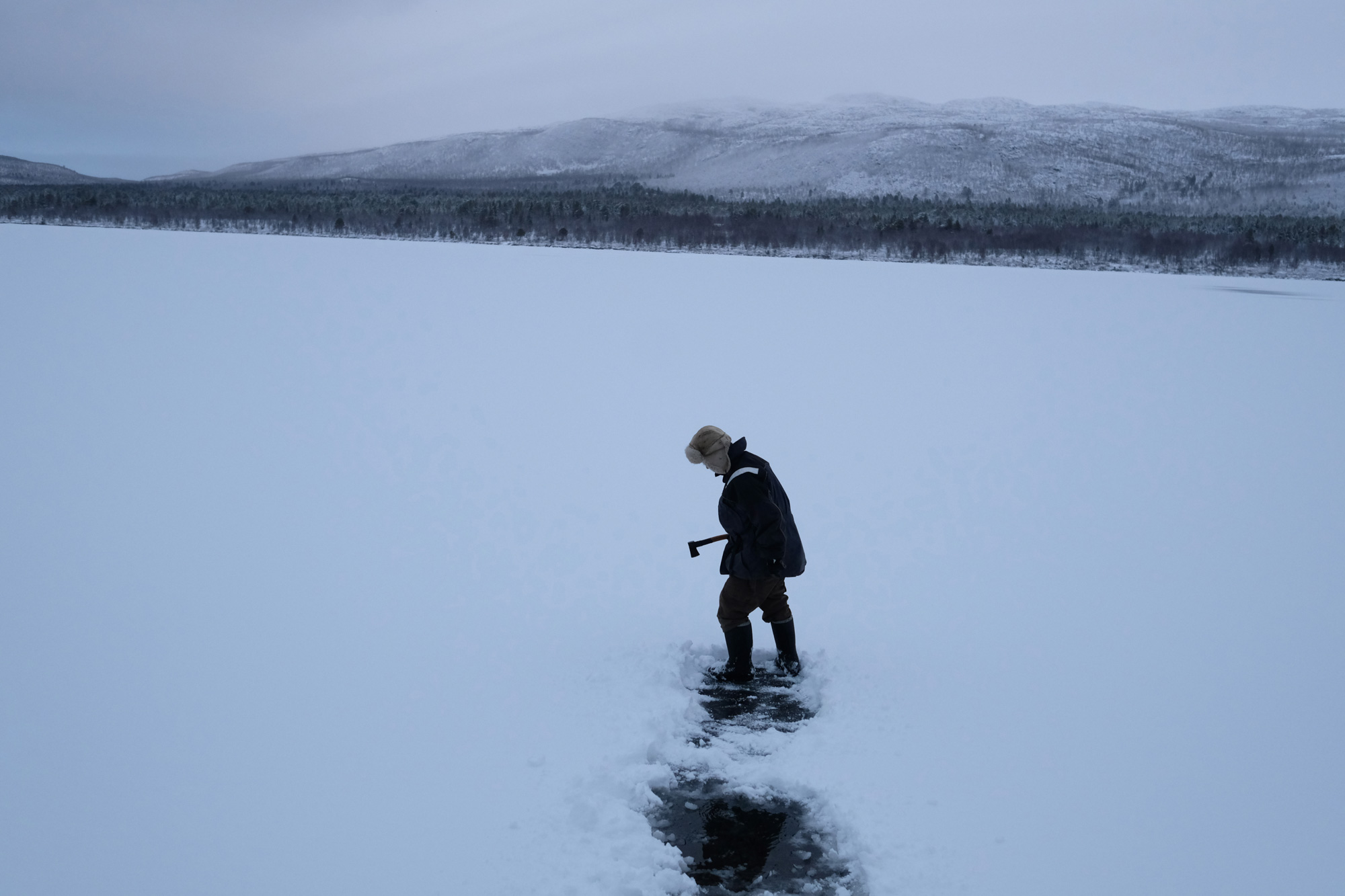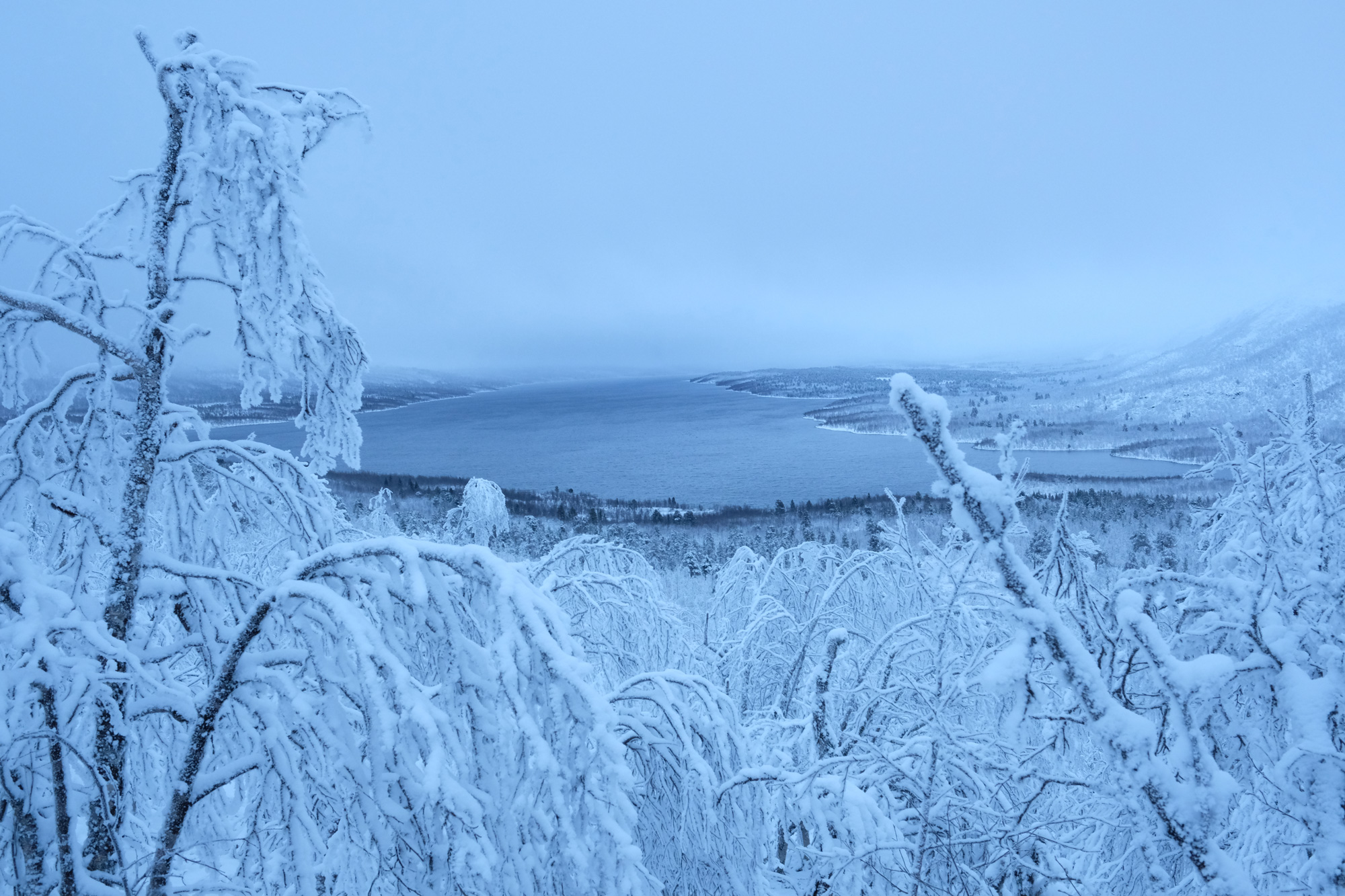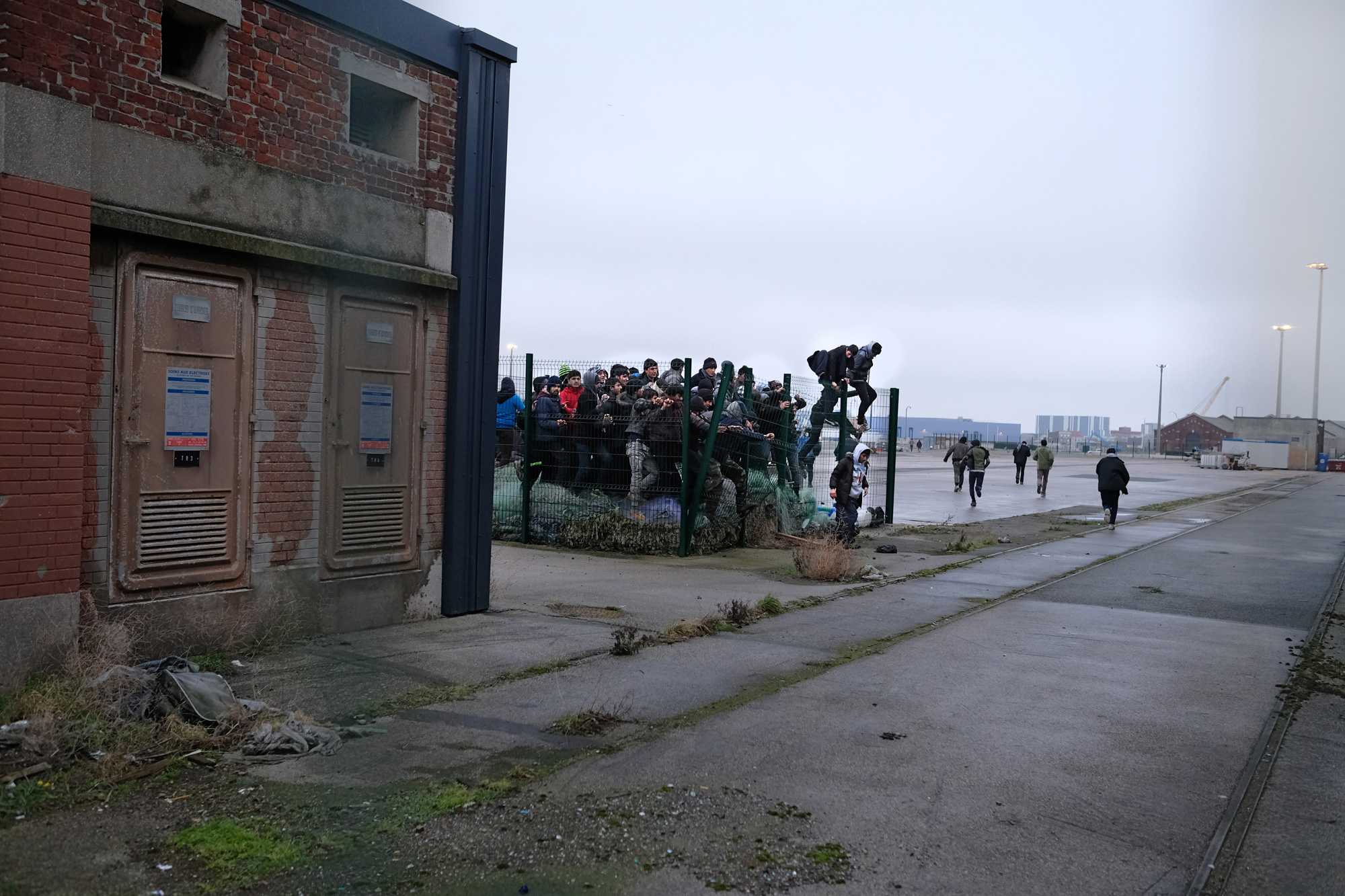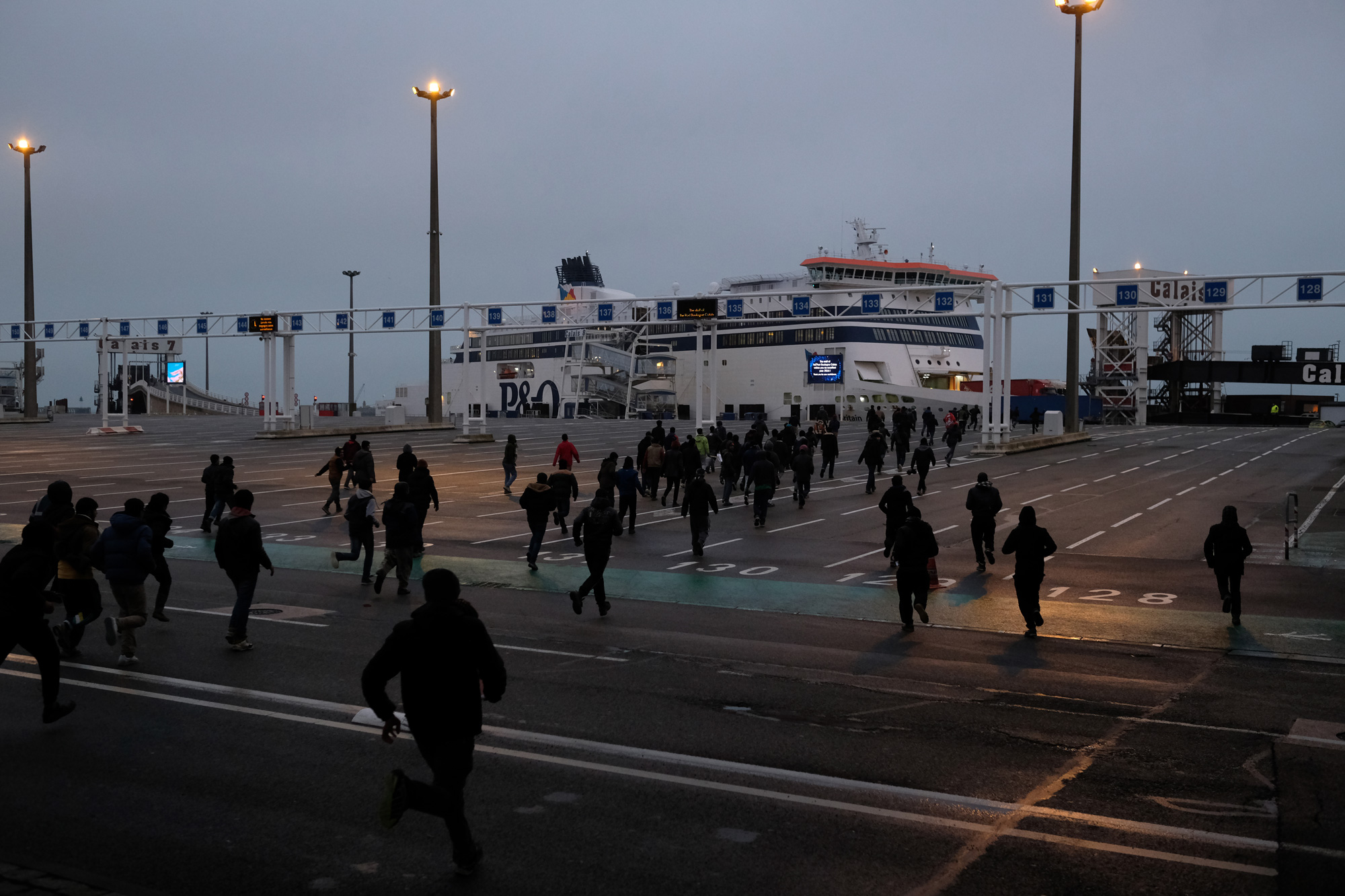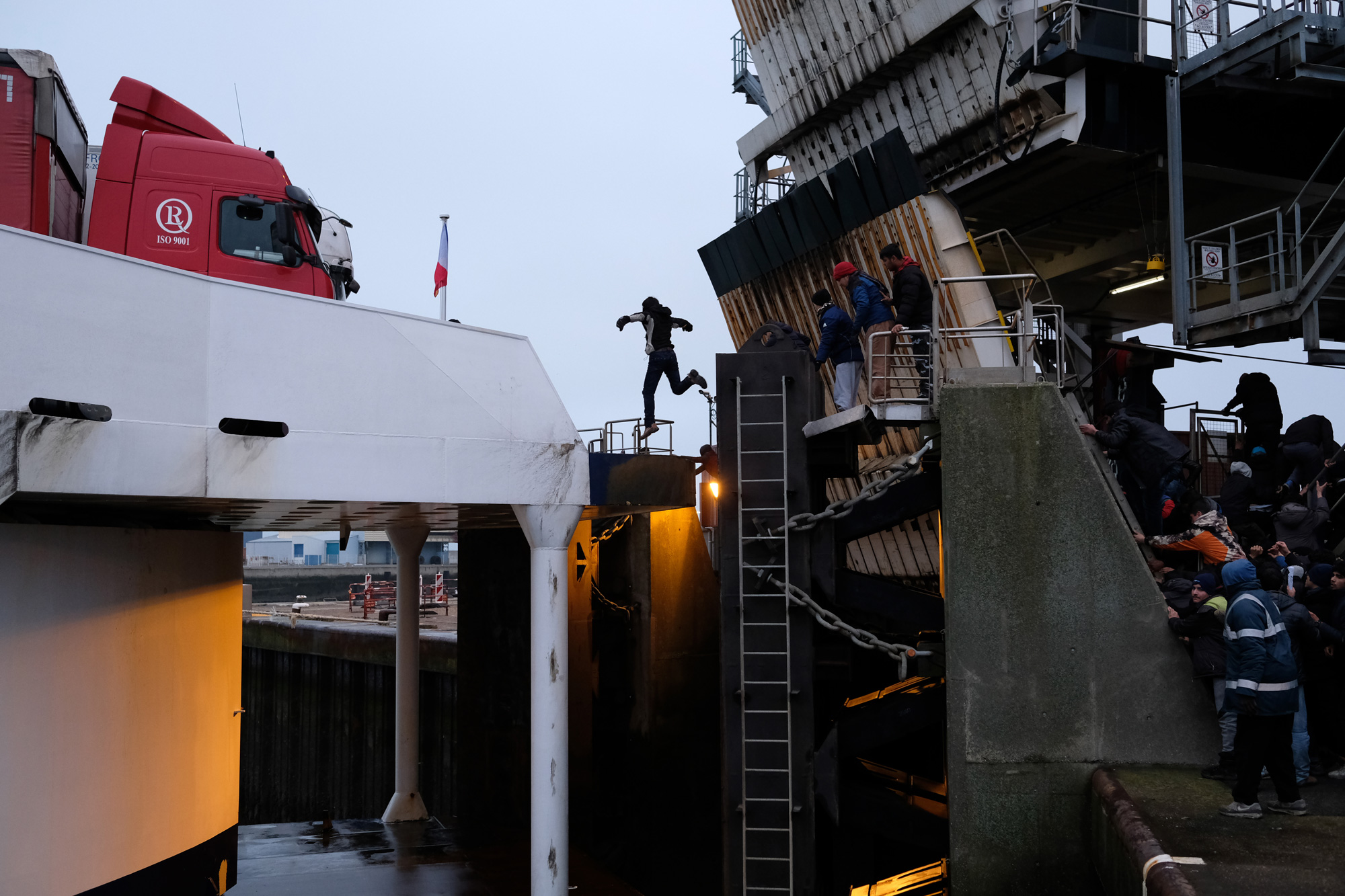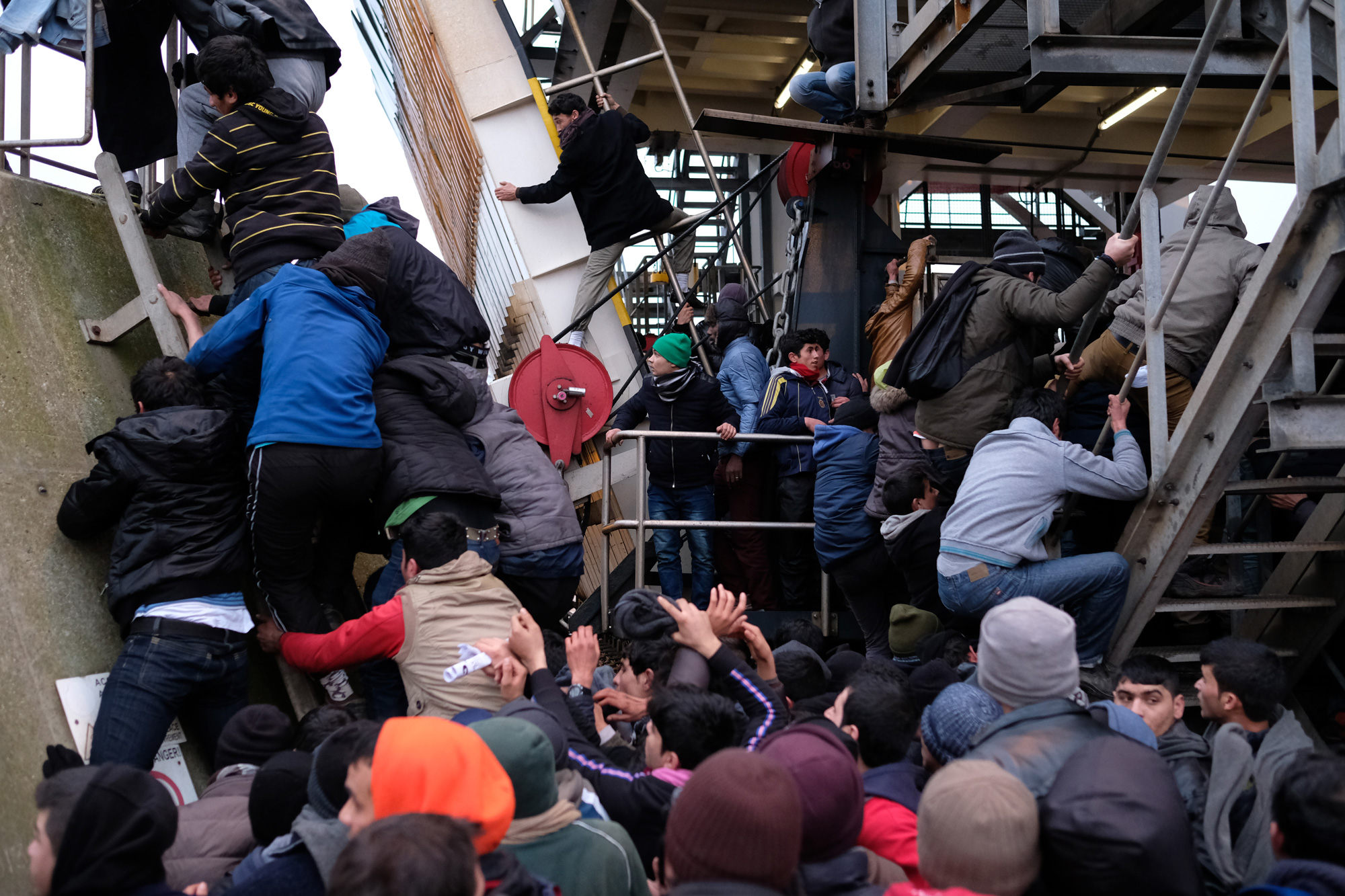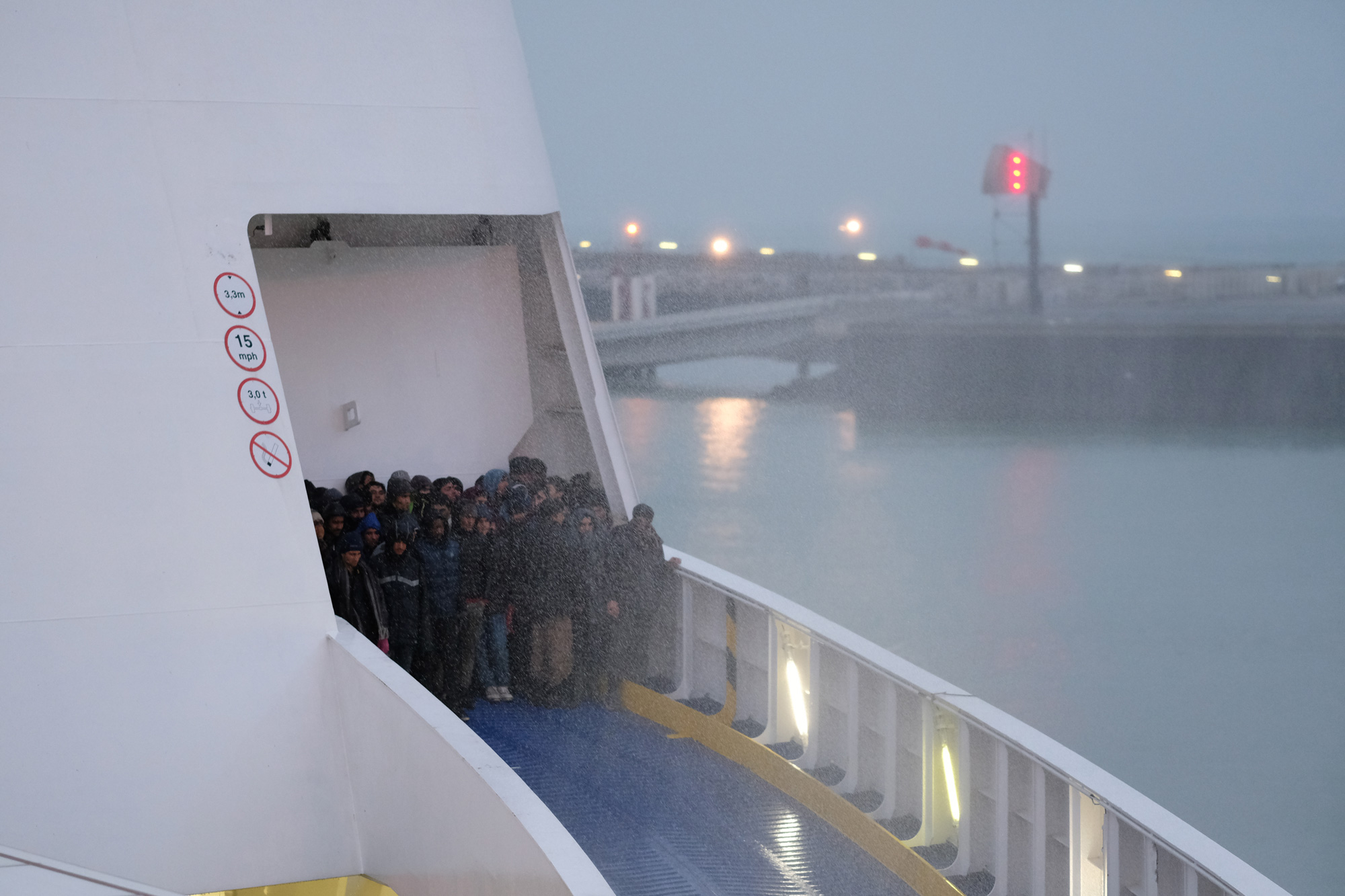
4 years passed by Eric Bouvet
Eric Bouvet
Eric Bouvet là một nhiếp ảnh gia người Pháp sinh năm 1961. Ông bắt đầu sự nghiệp vào năm 1981 sau khi học nghệ thuật và ứng dụng các kỹ thuật đồ họa học tại trường Estienne của Paris.
Sở thích nhiếp ảnh của ông dường như bắt đầu khi 8 tuổi, ông nhìn thấy trên TV những bước chân đầu tiên của con người trên mặt trăng. Sức mạnh của việc truyền phát thông tin trực tiếp, ngôn ngữ hình ảnh về thời điểm lịch sử này dường như là yếu tố chính giúp ông thực hiện các dự án về sự phát triển của thế giới trên 120 quốc gia khác nhau trong suốt ba mươi năm qua.
Eric Bouvet làm việc cho sở Gamma trong vai trò nhiếp ảnh gia từ những năm 1980. Đến năm 1990, ông làm việc như một người tự do.
Năm 1985, ông dành được tiếng tăm quốc tế khi chụp ảnh về vụ phun trào núi lửa Armero ở Colombia. Sau đó, ông đã mô tả những xung đột trong quá khứ ở Afghanistan, Iraq, Iran, Lebanon, Chechnya, Sudan, Somalia, Nam Tư, Israel, Bắc Ireland, Kurdistan, Angola, Suriname, Rwanda và Libya.
Ông cũng ghi lại những khoảnh khắc quốc tế tại đám tang của Ayatollah Khomeini, cuộc biểu tình ở quảng trường Thiên An Môn, sự sụp đổ của Bức tường Berlin, cuộc cách mạng nhung của Séc, sự giải thoát khỏi nhà tù của Nelson Mandela và các cuộc thi Olympic.
Ông cũng làm nhiều dự án về xã hội như nhà tù Nga, những người lính trẻ trên hàng không mẫu hạm, cảnh sát Pháp làm việc ở ngoại ô, những người thợ mỏ cuối cùng ở Pháp, cuộc sống ở khoa nhi của các trẻ em bị bệnh ung thư.
Ba năm gần đây, ông đang thực hiện hai phim tài liệu dài có tên “Tình yêu” và “Hòa bình”.
Tác phẩm của ông được đăng trên các tạp chí quốc tế như Time, Life, Newsweek, Paris-Match, Stern, Sunday Times Magazine, NYT Magazine, Der Spiegel hay Le Monde.
Ông hợp tác với các chiến dịch nhiếp ảnh của Liên Hợp Quốc, nhiều tổ chức phi chính phủ và các tổ chức từ thiện như Médecins Sans Frontières (MSF), Ủy ban chữ thập đỏ quốc tế, Médecins du Monde (MDM) và Action Contre la Faim (ACF).
Trong suốt chặng đường đã đi, Bouvet đã nhận được năm giải thưởng Báo chí Thế giới, cũng như hai giải thưởng Visa d’Or (Lễ hội ảnh Perpignan), huy chương vàng tại lễ kỷ niệm 150 năm nhiếp ảnh, giải thưởng Bayeux-Calvados dành cho phóng viên chiến tranh, giải thưởng Công cộng từ Bayeux-Calvados, giải thưởng câu lạc bộ Tiền tuyến và Giải thưởng Paris-Match.
August 2011: Libya
I started using the X series in August 2011. The attack and capture of Gaddafi’s barracks in Tripoli, Libya drove the fall of the dictator. I was using an X100 and unfortunately, to protect myself during a rocket firing, I threw myself among the stones broke the LCD. It would have been the same with any another camera, but the need for me to switch from DSLR to Mirrorless was obvious from this day. The files were already substantial at the time despite the sensor size. I did not wait long then I became the first Fujifilm French Ambassador in January 2012. A year after I won a “Visa d’or” award of photojournalism for my work in the Photo festival of Perpignan and several pages published in the Figaro Magazine.
August 2012: Burning Man
In August 2012, I went to the Burning Man a famous Festival of almost 70000 people in the Nevada desert with just two lenses: the XF18mmF2 and the 35mmF1.4. I felt completely free for a week of celebration, full of smiles, shares and wonders. That was a real test against the weather, because the dust and sandstorm were ubiquitous throughout the stay. In the beginning, I protected the equipment with plastic bags, but the abrasion was so strong that the bags became completely opaque. So I had to leave them in the open air which was similar to sandpaper. Both the camera and lenses resisted perfectly. It was, in 35 years of shooting, my biggest success with 14 pages published in Paris Match and dozens of exhibitions around the world. Not too bad for my first big shoot with the X-Pro1.
February 2013: Kumbh Mela in India.
This is the largest global gathering that takes place every 144 years. With such a crowded event, it’s necessary to take images without being weighed down by heavy equipment. I walked over 20km a day from 3 am here the night is cold, so you have wear warm clothes and then I spent the days in a heavy crowd of several million people who sometimes drove me far away from my way. In such situation the equipment is again very important to allow the photographer to stay as physically strong as possible. And when the physical is fine, the spirit follows.
February 2014: Maidan, Kiev
February 2014, Maidan, Kiev shooting for the magazine “Paris Match” equipped with the new X-T1, XF23mmF1.4 and XF56mmF1.2. At this period, Ukraine was in crisis, the very situation for a reportage working for a weekly magazine like Paris Match. There will be more than 70 dead during these bloody days of February 2014 that will enter in history and had forced the president to leave power. In such situation, with the danger and casualties on all sides, it is better to be “invisible” if you want to stay alive. The more you draw attention, the more you have the chance to be a target. I had to therefore melt myself among the protagonists and again the X Series equipment was a real advantage. A few months later, I won the “Frontline Club” prize in London with these images.
December 2014: New York
December 2014 New York. The city where everybody likes to walk and where it is a pleasure to lose your way. I needed to be here for an order for an institutional book with my large size 20X25 camera. 20km of walking each day was too tiring but I had to produce analogue images in large format. I also carried my X-T1 with a XF18-55mm zoom lens and I made very good pictures with them. My conclusion: It is never necessary to prohibit anything; the desire and pleasure to photograph can satisfy the artistic eye, even when it is not expected.
September 2015: Burning Man
September 2015 back to the Burning Man with a X-T1 camera and XF16-55mmF2.8 and XF55-200mmF3.5-4.8 lenses. Like in 2012, the equipment was not protected and, despite 3 days of sandstorm, stayed functional. I took two zooms to test them and to force myself to shoot differently since I am usually a follower of the fixed focal length. Of course those are great optics. And what’s more, the XF16-55mm’s Weather Resistance gave me more confidence against that quite hellish weather.
October 2015: Lapland
October 2015 Lapland with the X-Pro2 and XF23mmF1.4 R. This was an appointment with the deep cold. Lost in a wild and harsh nature, the X-Pro2 spent days outside, the temperatures oscillating between -15°C and +5°C. The X series cameras are smaller and compact, so they can fit in large pockets. This is very efficient when you have to move by Snowmobiles or quad.
It is a real pleasure to capture images in difficult conditions!
January 2016: Calais, France
January 2016. The migrant camps in Calais, France with the X-Pro2 camera and the XF16mmF1.4 and XF90mmF2 lenses. I have known these types of places in various countries from 35 years traveling around the world. I traveled on dirt roads with my X-Pro2 and fixed lenses. I had always in my mind the respect, modesty and attention. The demonstration ended with a chase that lasted more than 20 minutes. I was happy to hold light equipment. Obviously the port of Calais was ultra secure but nothing can block determined people. The scene was amazing, this human cluster that clung to the boat. It was almost the night. I raised my arm and took pictures using the rear screen. Some pictures with continuous shooting in order to increase my chance of getting the perfect shot. 5 pages in Paris Match reward this work.
















































